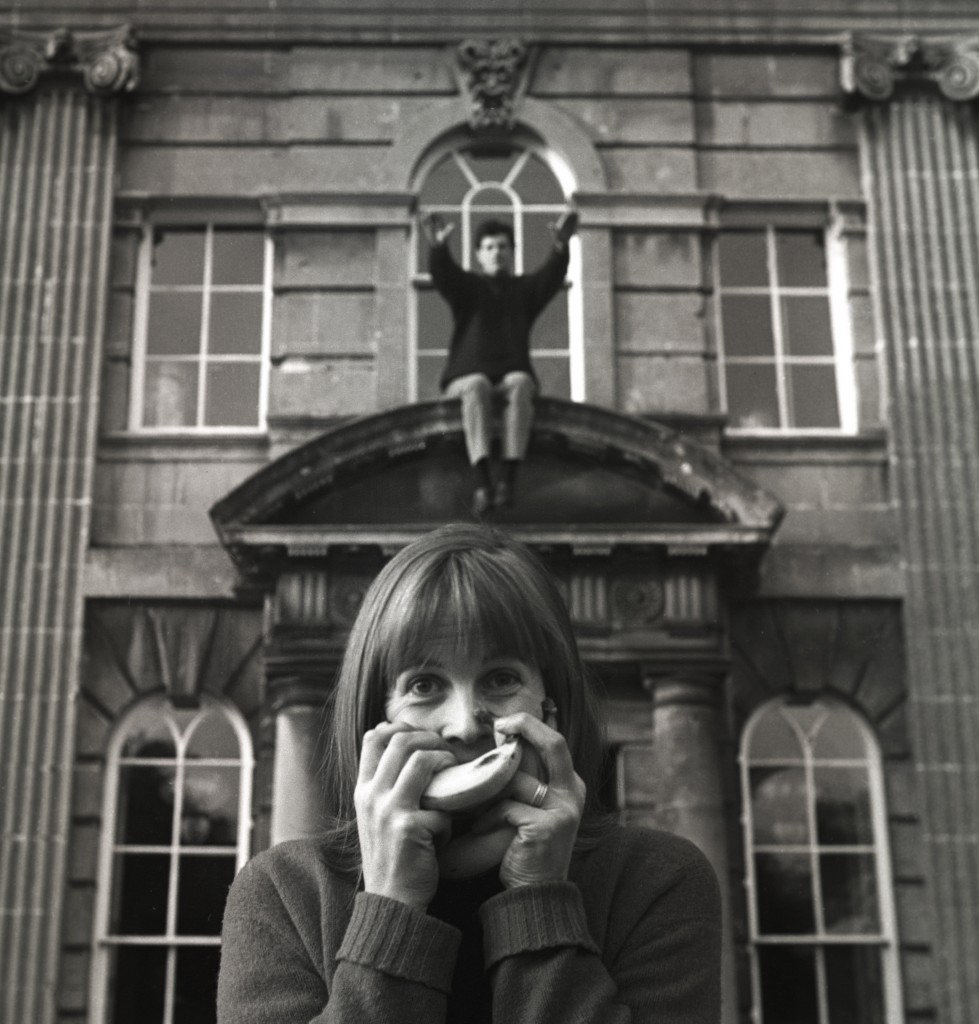Jeremy Fry, who has died aged 81, was an entrepreneur, an inventor, an engaging host and the saviour of the Theatre Royal, Bath; he was also a close friend of Princess Margaret and the Earl of Snowdon, who were regular guests at Widcombe Manor, Fry’s house in Somerset.
In 1957 Fry, a descendant of JS Fry, the chocolate manufacturer, spent his inheritance on a small electrical and mechanical engineering business.
He had become interested in the manufacture of valve actuators (mechanised devices that automatically move a valve to a desired position) and realised that existing products were inefficient. His new company, Rotork Engineering, began trading from Widcombe, an 18th-century house near Bath which he had bought in 1954, following his marriage.
Initially Rotork had no more than a dozen employees, but the company was soon taking advantage of the expansion of the oil industry in Europe, and t oday Rotork valve actuators are used across the world, in areas ranging from power plants to marine engineering.
Fry also nurtured the talents of his employees; in the late 1960s he spotted the young James Dyson, who had recently graduated from the Royal College of Art and with whom he collaborated on the construction of the theatre auditorium inside the Roundhouse.
With Dyson he invented the sea truck, a high-speed maritime vehicle that skims along the water on a layer of bubbles. Fry, Dyson said recently, “gave enormous responsibility to young people who had no real experience.”
But despite Fry’s professional achievements, he was better known for his friendship with Antony Armstrong-Jones (later Lord Snowdon) who married Princess Margaret in 1960. Newspapers at the time took a breathless interest in Armstrong-Jones’s racy friends, and when Fry was unable to be best man at the Princess’s wedding on the grounds of illness, rumours abounded that the royal family were rattled by Fry’s flamboyant past.
Nevertheless, the friendship with the princess and her husband endured, and they became regular guests at Widcombe, where Fry, with typical ingenuity, converted Rotork’s former offices (he had moved the company base to Bath) into a special suite of rooms. He also installed a juke box, the Chantel Meteor 200 de Luxe (designed by Fry, naturally) which was capable of playing 200 records for the royal couple.
Jeremy Joseph Fry was born in Bristol on May 19 1924, the youngest of three children. After Gordonstoun, he won a place at the Architectural Association School of Architecture, then served with the RAF during the war.
In 1964 the Frys’ golden years at Widcombe came to an end after Fry was cited in a petition by the sculptor Lynn Chadwick alleging adultery with Chadwick’s second wife, Frances.
Fry’s wife, Camilla, left him, although they were briefly reconciled. But Frances Chadwick committed suicide several months later, and Fry had to settle a substantial sum of money on the Chadwicks’ two daughters. The Frys were divorced in 1967.


